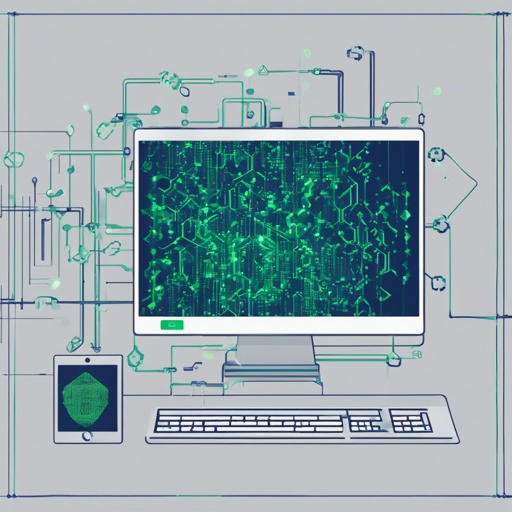
A minimal blockchain command-line interface.

Features
- Blocks with index, hash, data, and timestamp.
- Proof-of-work system.
- In-memory JavaScript array to store the blockchain.
- Block integrity validation.
- Decentralized and distributed peer-to-peer communication.
- Merkle tree implementation.
Installation
To install this application, you’ll need Node.js (which comes with npm) installed on your computer. From your command line:
Source
You’ll need Git to run the project from source. From your command line:
# Clone this repository
$ git clone https://github.com/seanseany/blockchain-cli
# Go into the repository
$ cd blockchain-cli
# Install dependencies
$ npm install
# Run the app
$ npm startBuilt With
- Vorpal – Interactive node CLI
- Peer Exchange – Peer to peer communication
- Crypto-js – Crypto library for hashing blocks
License
This project is licensed under the Apache-2.0 License – see the LICENSE file for details.
Acknowledgments
- This article written by Lauri Hartikka.
- Original repo by Lauri Hartikka.
- Antony Jones fork for refactoring.
- Nick Fallon fork for PoW implementation.
- Logo designed by Muammark on Freepik.
- FAQ by usheepiroth.
FAQ
When or why would I use this?
You should use this if you want to build a bitcoin wallet, payment processor, or bitcoin merchant portal in JavaScript. You might also be interested in why decentralized networks or p2p applications are useful, or what advantages they have; this project seems like a good way to learn about that.
What is the blockchain actually for?
The blockchain is for authorizing payments of a cryptocurrency between two peers without the need for a centralized 3rd party approving the transaction. There are other uses of the blockchain which are more in line with the second point, digital signatures, but they are secondary to the main purpose of peer-to-peer transfer of value. Bitcoin is blockchain’s killer app.
Why should I care about the blockchain?
Blockchain facilitates trade over a network. Imagine a metal as scarce as gold with a magical property of being transportable over a communications channel. This has implications with respect to individual rights, the world economy, and how we monetize and transfer value, elevating it above mere bartering for goods. Recently, people have been distancing themselves from the proof-of-work concept and are using blockchain merely to describe the mechanism of signing a transaction as verification of sending an amount. This extends beyond money transfers to authorizing changes in rules, voting, and verifying IoT data authenticity. The essence of blockchain lies in removing the middleman, thereby enhancing efficiency and reducing costs while structuring programs or databases without a central point of failure.
Troubleshooting
If you encounter any issues while installing or running the application, consider the following troubleshooting tips:
- Ensure that you have the correct version of Node.js installed.
- Make sure you have cloned the repository correctly.
- Check if all dependencies have been installed without errors.
- Look at the terminal output; it generally contains useful error information.
- If the application is not starting, confirm that you are in the correct directory.
For more insights, updates, or to collaborate on AI development projects, stay connected with fxis.ai.
At fxis.ai, we believe that such advancements are crucial for the future of AI, as they enable more comprehensive and effective solutions. Our team is continually exploring new methodologies to push the envelope in artificial intelligence, ensuring that our clients benefit from the latest technological innovations.

